Home>Furniture & Design>Interior Design Trends>How To Get Rid Of Soap Scum On Glass
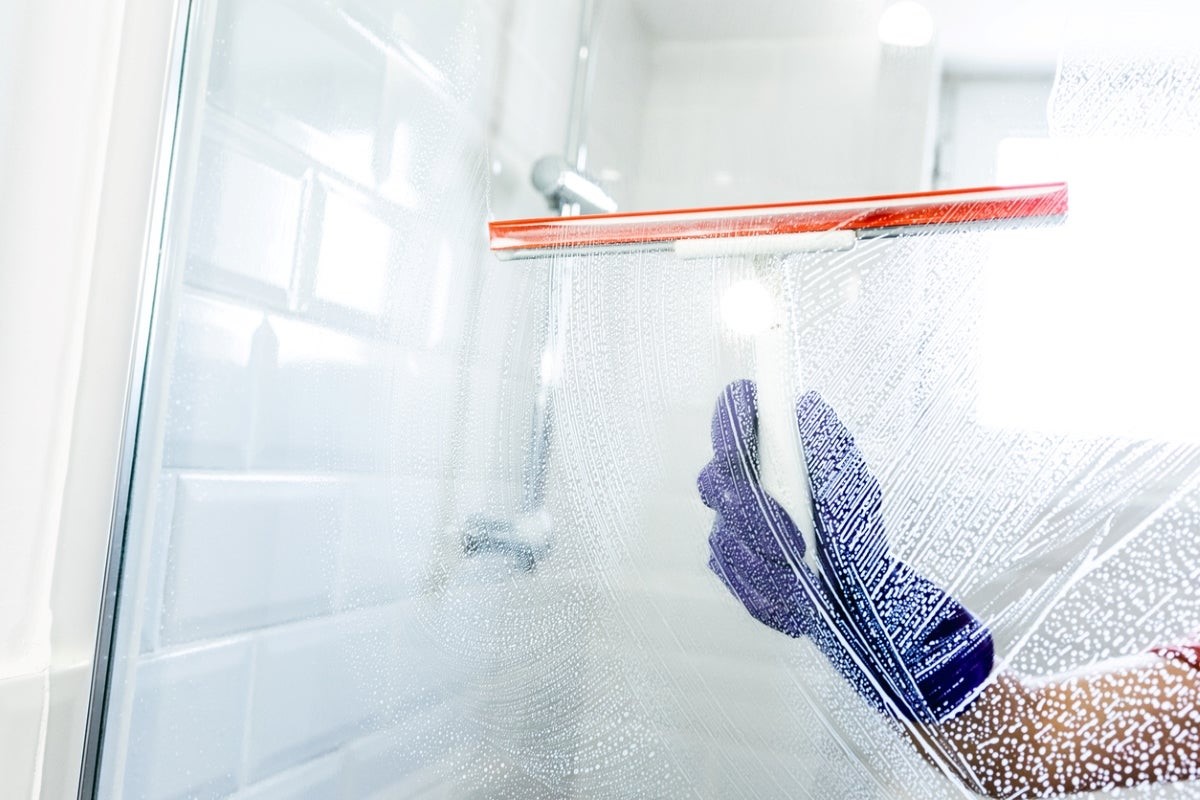

Interior Design Trends
How To Get Rid Of Soap Scum On Glass
Modified: October 19, 2024
Learn effective interior design trends to remove soap scum from glass surfaces. Discover expert tips and tricks for a sparkling, scum-free home.
(Many of the links in this article redirect to a specific reviewed product. Your purchase of these products through affiliate links helps to generate commission for Storables.com, at no extra cost. Learn more)
Introduction
Soap scum is a common nuisance in bathrooms, often appearing as a hazy film on glass surfaces. It is the result of soap residue mixing with hard water and body oils, forming a stubborn layer that can be challenging to remove. Dealing with soap scum can be frustrating, but with the right knowledge and techniques, you can effectively eliminate it and prevent its recurrence.
Understanding the nature of soap scum and the various methods for its removal is essential for maintaining a clean and sparkling bathroom. In this comprehensive guide, we will delve into the science behind soap scum, explore common and natural remedies for its removal, and discuss preventive measures to keep your glass surfaces gleaming.
By the end of this article, you will have a thorough understanding of how to combat soap scum and maintain a pristine bathroom environment. So, let's roll up our sleeves and embark on a journey to banish soap scum for good!
Key Takeaways:
- Say goodbye to soap scum by using natural remedies like vinegar, lemon juice, and essential oils. Prevent buildup by squeegeeing after showers and using liquid soap. Keep your bathroom sparkling and eco-friendly!
- Combat soap scum with commercial cleaners or natural solutions like vinegar and baking soda. Prevent buildup by squeegeeing, using liquid soap, and promoting ventilation. Enjoy a clean, sustainable bathroom environment!
Read more: How To Get Soap Scum Off Glass
Understanding Soap Scum
Soap scum is a stubborn residue that forms on glass surfaces in bathrooms, resulting from the interaction of soap, hard water minerals, and body oils. When soap comes into contact with water, it undergoes a chemical reaction known as saponification. This process produces insoluble compounds that adhere to surfaces, creating the unsightly film we recognize as soap scum.
The mineral content in hard water, particularly calcium and magnesium, further exacerbates the formation of soap scum. These minerals react with the fatty acids in soap, leading to the precipitation of insoluble compounds. As a result, the soap scum becomes increasingly difficult to remove, requiring specific cleaning methods to effectively eliminate it.
The accumulation of body oils and dead skin cells in the bathroom environment contributes to the formation of soap scum. These organic materials combine with soap and hard water minerals, further enhancing the adhesion of the scum to glass surfaces. Over time, if left untreated, soap scum can become thick and challenging to remove, detracting from the visual appeal of the bathroom.
Understanding the composition and formation of soap scum is crucial for selecting the most effective cleaning methods. By comprehending the chemical processes involved and the factors contributing to its buildup, you can implement targeted strategies to combat and prevent soap scum, ensuring that your glass surfaces remain pristine and free from this persistent nuisance.
Common Methods for Removing Soap Scum
-
Commercial Cleaners: Numerous commercial cleaners are specifically formulated to tackle soap scum. These products often contain powerful chemicals designed to dissolve and lift the stubborn residue from glass surfaces. When using commercial cleaners, it's essential to follow the manufacturer's instructions carefully and ensure adequate ventilation in the bathroom.
-
Vinegar and Baking Soda: A popular and environmentally friendly alternative to commercial cleaners involves using a mixture of vinegar and baking soda. The acidic nature of vinegar helps break down the soap scum, while the abrasive action of baking soda aids in scrubbing away the residue. This natural remedy is effective and safe for use on glass surfaces.
-
Lemon Juice: The citric acid in lemon juice serves as a natural degreaser and can effectively combat soap scum. Applying lemon juice directly to the affected areas and allowing it to sit for a few minutes before wiping and rinsing can help dissolve the residue, leaving the glass surfaces sparkling clean and refreshed.
-
Microfiber Cloths and Sponges: Utilizing microfiber cloths and sponges in conjunction with cleaning solutions can enhance the removal of soap scum. The fine fibers of microfiber cloths effectively capture and lift the residue, while sponges provide gentle abrasion for stubborn spots, resulting in a thorough cleaning process.
-
Steam Cleaning: Steam cleaners offer a chemical-free and efficient method for removing soap scum from glass surfaces. The high-temperature steam helps to loosen and dislodge the residue, making it easier to wipe away. Steam cleaning not only eliminates soap scum but also sanitizes the surfaces, promoting a hygienic bathroom environment.
-
Regular Maintenance: Consistent cleaning and maintenance play a crucial role in preventing the buildup of soap scum. Wiping down glass surfaces after each use and incorporating a weekly cleaning routine can help minimize the accumulation of soap scum, making it easier to maintain a pristine bathroom environment.
By employing these common methods for removing soap scum, you can effectively restore the luster of glass surfaces in your bathroom. Whether opting for commercial cleaners, natural remedies, or preventive measures, addressing soap scum promptly and diligently will ensure that your bathroom maintains a clean and inviting ambiance.
Natural Remedies for Removing Soap Scum
When it comes to combating soap scum on glass surfaces, natural remedies offer effective and environmentally friendly solutions. These alternatives not only eliminate soap scum but also minimize exposure to harsh chemicals, making them ideal for individuals seeking a more sustainable approach to cleaning. Let's explore some natural remedies that can help banish soap scum from your bathroom.
Vinegar and Baking Soda
A powerful combination for tackling soap scum, vinegar, and baking soda work synergistically to dissolve and scrub away the stubborn residue. The acidic nature of vinegar helps break down the soap scum, while the mild abrasive properties of baking soda aid in lifting the residue from glass surfaces. To use this remedy, create a paste by mixing vinegar and baking soda, then apply it to the affected areas. Allow the mixture to sit for a few minutes before scrubbing with a sponge or microfiber cloth. Finally, rinse the surface thoroughly to reveal a sparkling, soap scum-free finish.
Read more: How To Prevent Soap Scum On Shower Glass
Lemon Juice
The natural degreasing properties of lemon juice make it an excellent ally in the battle against soap scum. The citric acid present in lemon juice effectively dissolves the residue, leaving glass surfaces gleaming. To utilize this remedy, simply apply fresh lemon juice directly to the affected areas and let it sit for a few minutes to allow the acid to work its magic. Afterward, wipe the surface clean and rinse thoroughly to unveil the revitalized glass, free from the grasp of soap scum.
Essential Oils
Certain essential oils, such as tea tree oil and eucalyptus oil, possess antimicrobial and cleansing properties that can aid in removing soap scum. When diluted with water, these oils can be used as a natural cleaning solution to combat the buildup of residue on glass surfaces. Their pleasant aromas also contribute to a refreshing and invigorating bathroom environment, enhancing the overall cleaning experience.
Natural Cleaning Solutions
In addition to specific natural remedies, various eco-friendly cleaning solutions are available in the market, harnessing the power of plant-based ingredients to effectively remove soap scum. These products are formulated to deliver exceptional cleaning performance while minimizing environmental impact, making them a preferred choice for individuals seeking sustainable cleaning solutions.
By incorporating these natural remedies into your cleaning routine, you can effectively eliminate soap scum from glass surfaces while promoting a healthier and more environmentally conscious approach to maintaining a pristine bathroom environment. Embracing natural alternatives not only enhances the cleanliness of your space but also contributes to a more sustainable and eco-friendly lifestyle.
Preventing Soap Scum Buildup
Preventing soap scum buildup is essential for maintaining the cleanliness and visual appeal of glass surfaces in the bathroom. By implementing proactive measures, you can minimize the formation of soap scum and prolong the intervals between deep cleaning sessions. Here are effective strategies to prevent soap scum buildup and preserve the pristine condition of your glass surfaces:
Read more: How To Clean Soap Scum Off Glass
Squeegee After Showering
After each shower, use a squeegee to remove excess water from the glass surfaces. This simple yet effective practice helps prevent water droplets from drying on the glass, reducing the opportunity for soap scum to form. By incorporating this quick post-shower routine into your daily regimen, you can significantly mitigate the accumulation of soap scum, maintaining the clarity and cleanliness of your glass enclosure or shower doors.
Use Liquid Soap or Body Wash
Opt for liquid soap or body wash instead of bar soap. Liquid soap tends to produce fewer insoluble compounds when combined with hard water, thereby reducing the formation of soap scum. By making this switch, you can minimize the source of soap scum, contributing to a cleaner and more manageable bathroom maintenance routine.
Regular Cleaning and Maintenance
Establish a consistent cleaning schedule for your glass surfaces. Wiping down the glass after each use and incorporating a weekly cleaning session can prevent soap scum from building up over time. By proactively addressing any residue or water spots, you can maintain the pristine appearance of your glass surfaces and minimize the effort required for deep cleaning.
Ventilation and Air Circulation
Ensure adequate ventilation in the bathroom to reduce humidity levels. Proper ventilation helps expedite the evaporation of moisture, minimizing the opportunity for soap scum to form. Additionally, promoting air circulation through the use of exhaust fans or open windows can contribute to a drier bathroom environment, inhibiting the conditions conducive to soap scum accumulation.
Read more: How To Get Rid Of Bathtub Scum
Use of Water Softeners
Consider installing a water softener to reduce the mineral content in your water supply. Water softeners effectively decrease the concentration of calcium and magnesium, which are known contributors to soap scum formation. By investing in a water softening system, you can mitigate the impact of hard water on your glass surfaces, prolonging their clarity and reducing the need for frequent deep cleaning.
By incorporating these preventive measures into your bathroom maintenance routine, you can effectively minimize soap scum buildup and preserve the pristine condition of your glass surfaces. Embracing proactive strategies not only reduces the effort required for cleaning but also contributes to a consistently inviting and hygienic bathroom environment.
Conclusion
In conclusion, the battle against soap scum on glass surfaces in the bathroom is a common challenge that demands attention and proactive measures. By understanding the chemical processes involved in soap scum formation and the contributing factors, individuals can effectively combat this persistent nuisance and maintain sparkling, pristine glass surfaces.
From the utilization of commercial cleaners to the implementation of natural remedies such as vinegar, baking soda, lemon juice, and essential oils, a myriad of effective methods exists for removing soap scum. These approaches not only restore the luster of glass surfaces but also contribute to a healthier and more sustainable cleaning routine. Additionally, preventive measures such as squeegeeing after showering, using liquid soap, establishing a regular cleaning schedule, promoting ventilation, and considering water softeners play a pivotal role in minimizing soap scum buildup and preserving the clarity of glass surfaces.
By integrating these strategies into their cleaning regimen, individuals can transform the daunting task of combating soap scum into a manageable and rewarding endeavor. The implementation of natural remedies and preventive measures not only enhances the cleanliness of the bathroom but also contributes to a more sustainable and eco-friendly lifestyle.
Ultimately, the journey to banish soap scum from glass surfaces is a multifaceted one, encompassing understanding, action, and ongoing maintenance. By embracing the knowledge and techniques outlined in this guide, individuals can reclaim the radiance of their glass surfaces and cultivate a consistently inviting and hygienic bathroom environment. With diligence, proactive measures, and a touch of natural ingenuity, the battle against soap scum can be won, ensuring that glass surfaces gleam with clarity and remain free from the grasp of this persistent adversary.
Frequently Asked Questions about How To Get Rid Of Soap Scum On Glass
Was this page helpful?
At Storables.com, we guarantee accurate and reliable information. Our content, validated by Expert Board Contributors, is crafted following stringent Editorial Policies. We're committed to providing you with well-researched, expert-backed insights for all your informational needs.
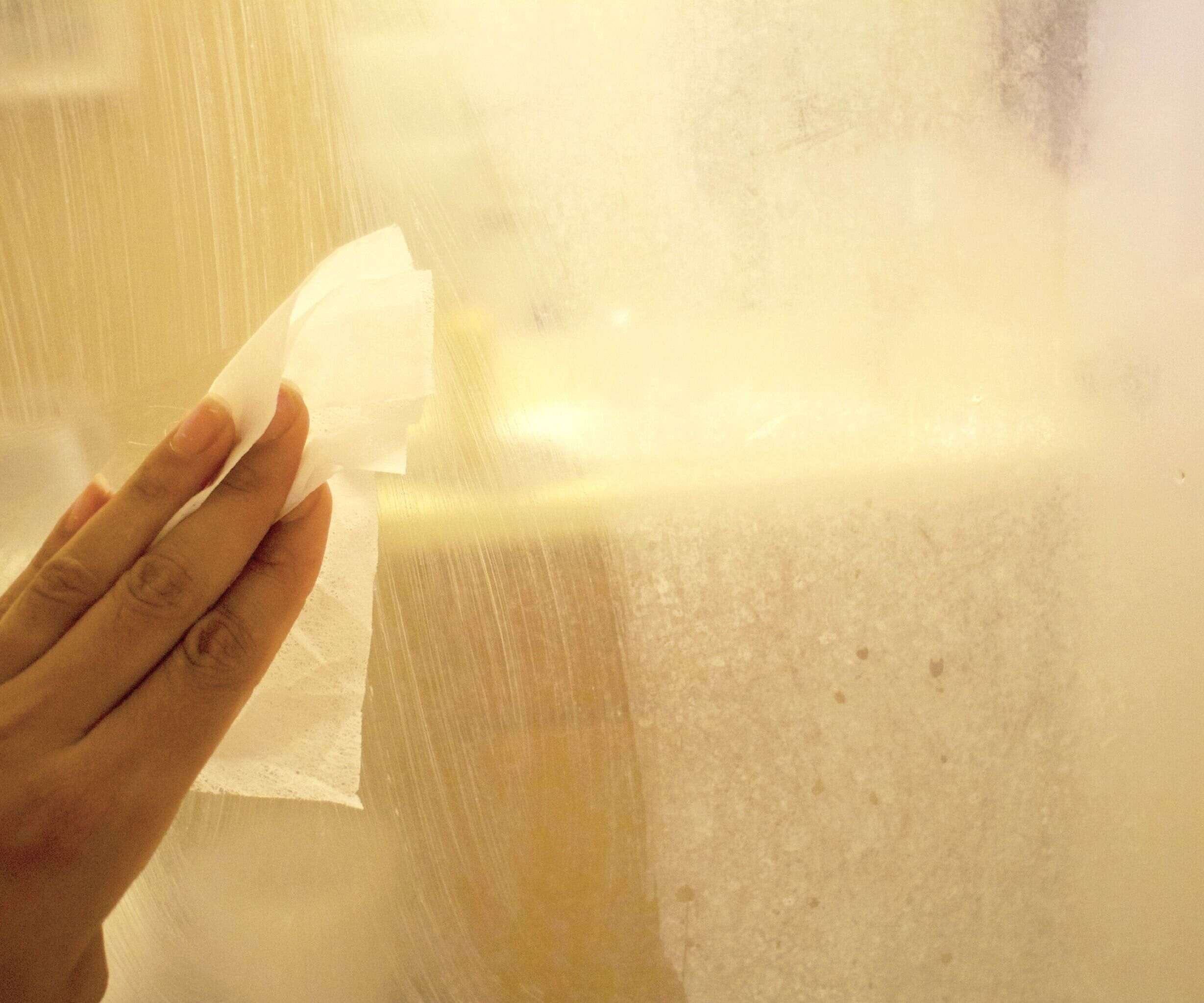
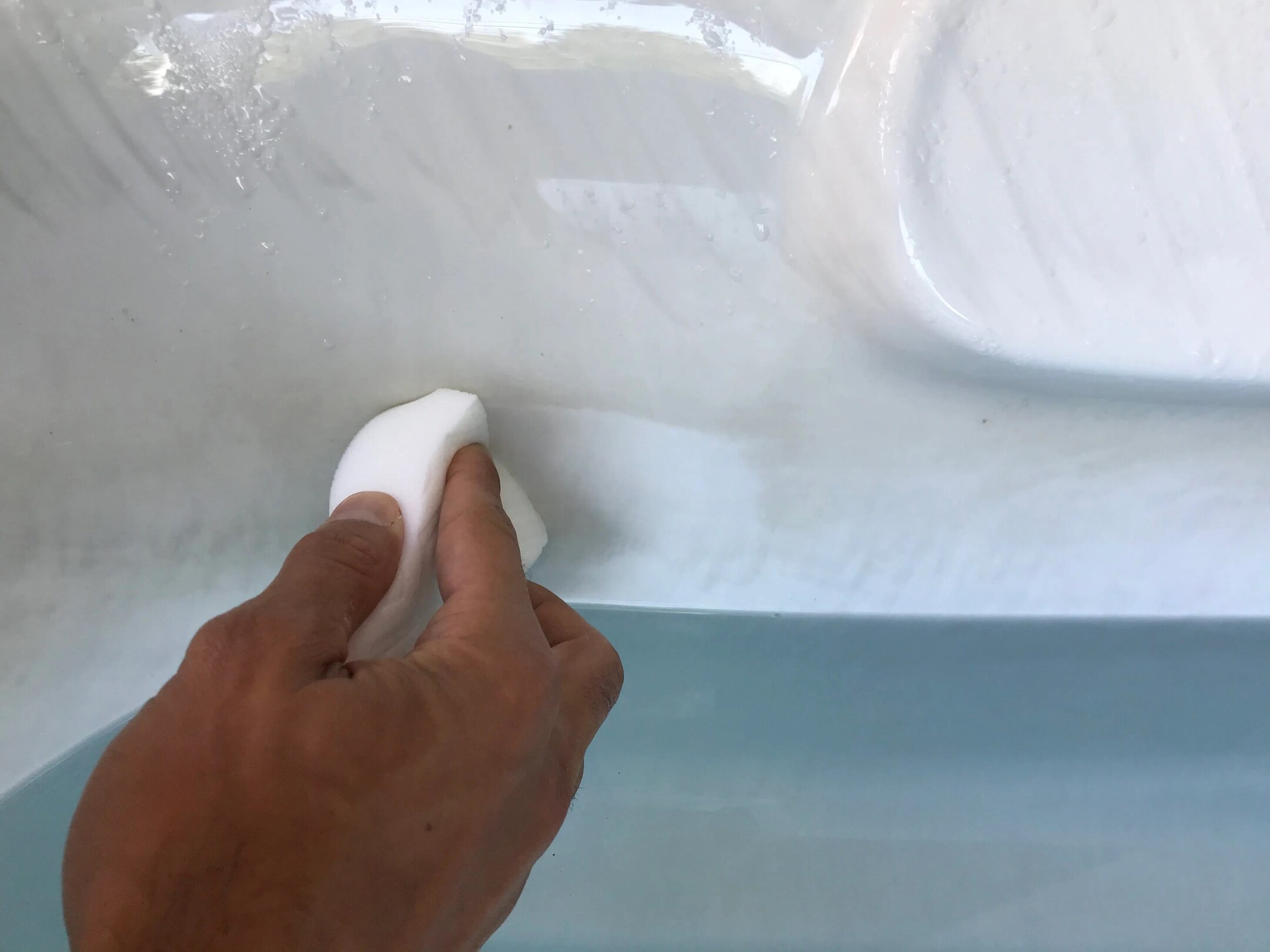
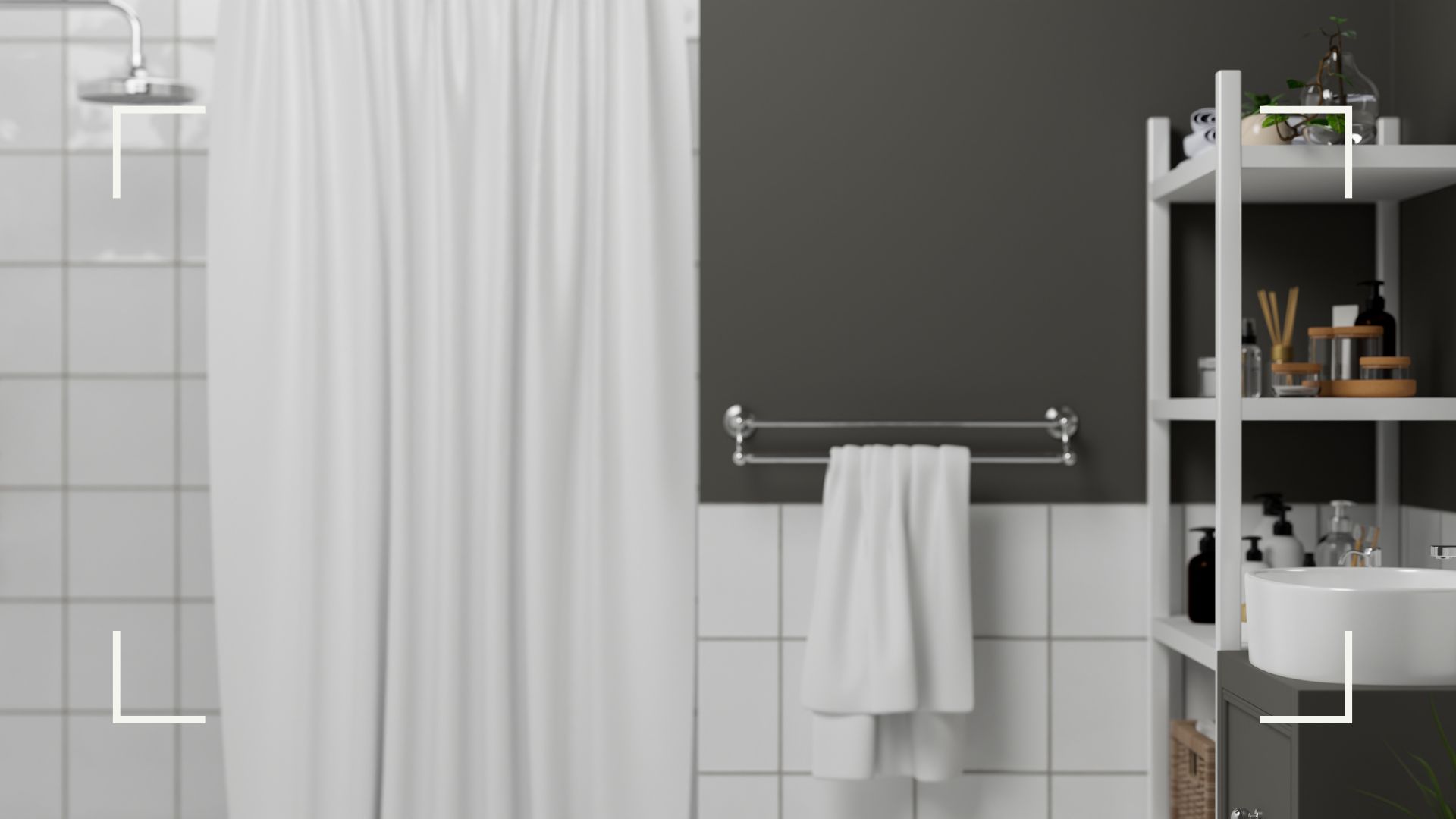
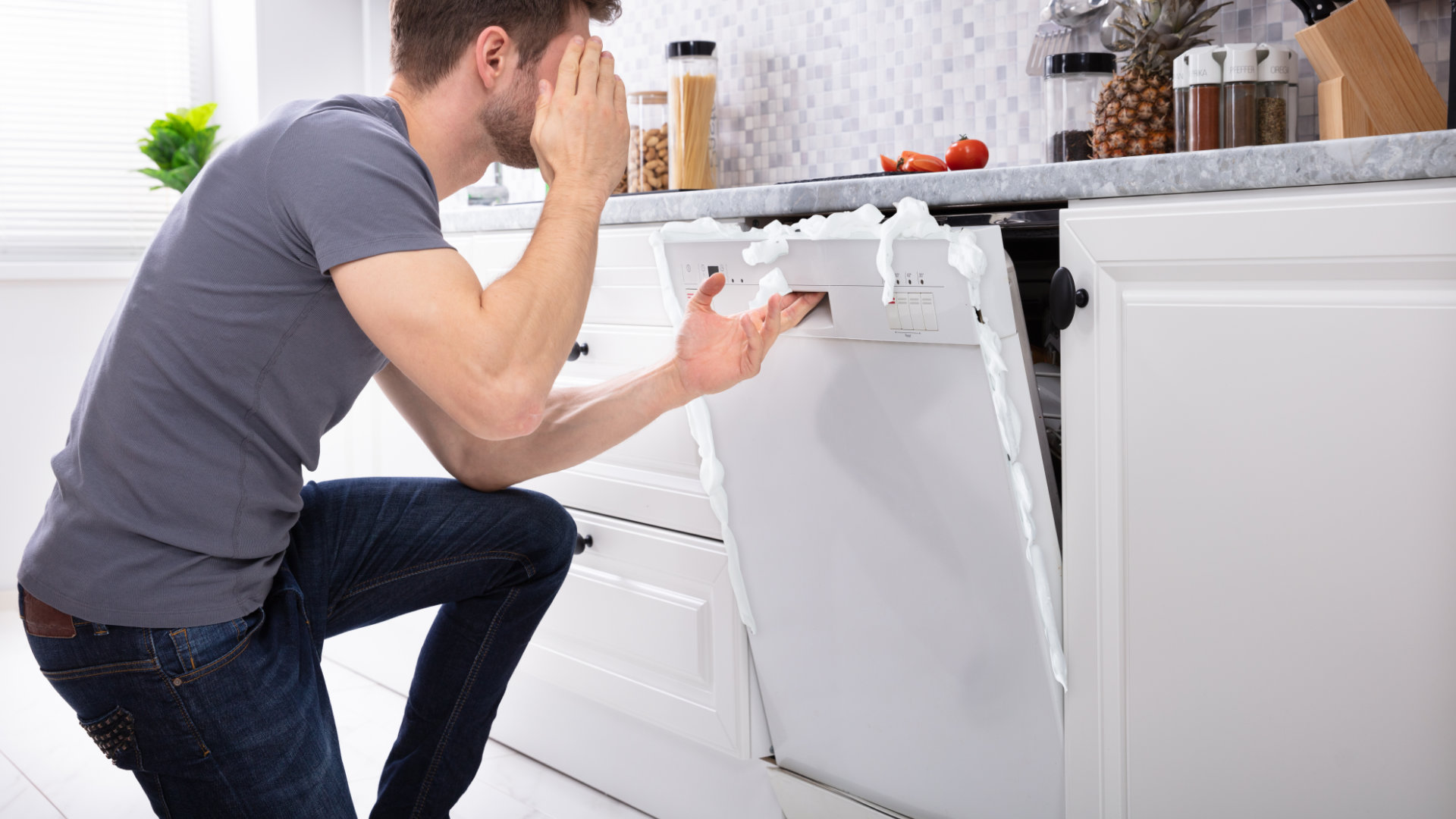
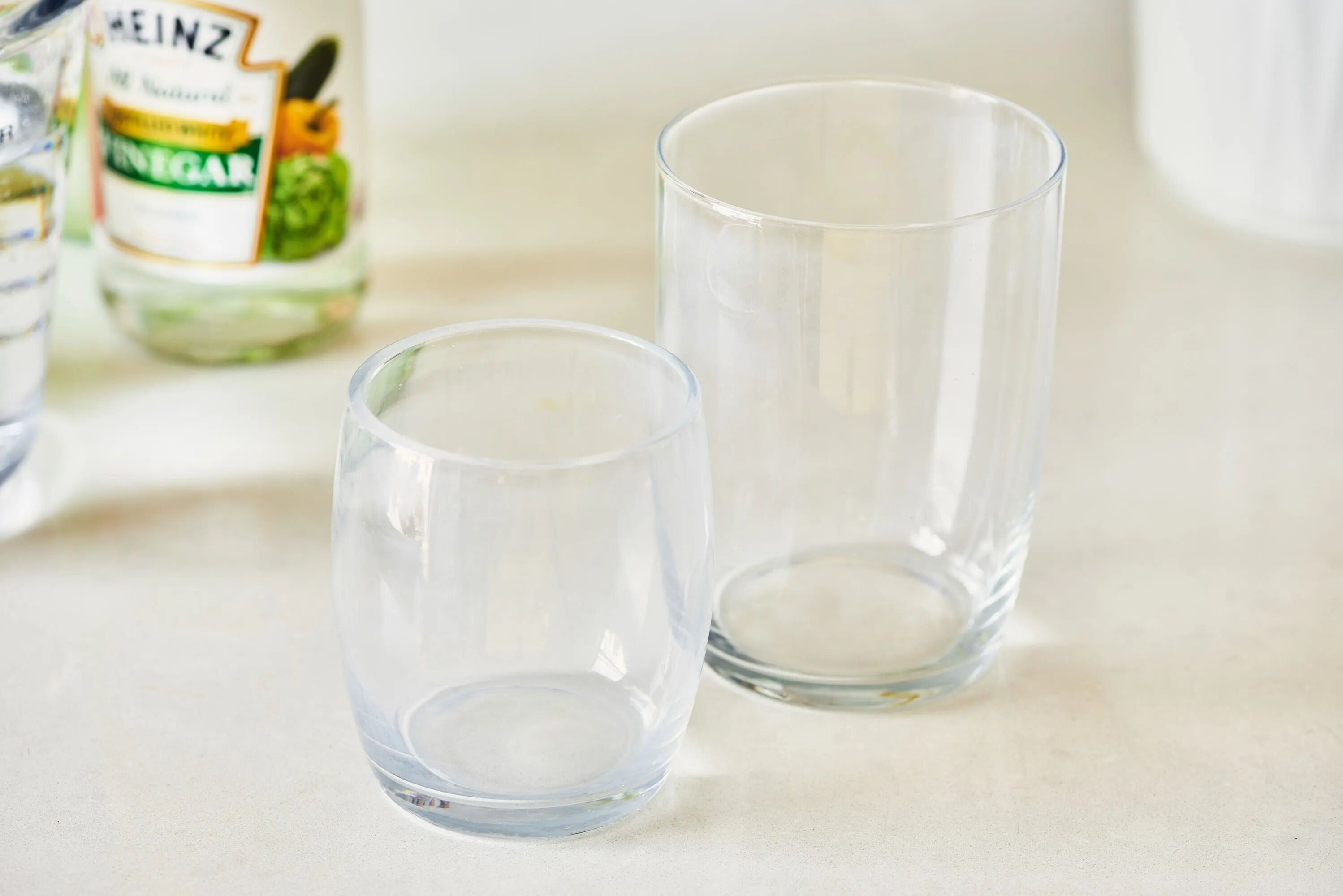
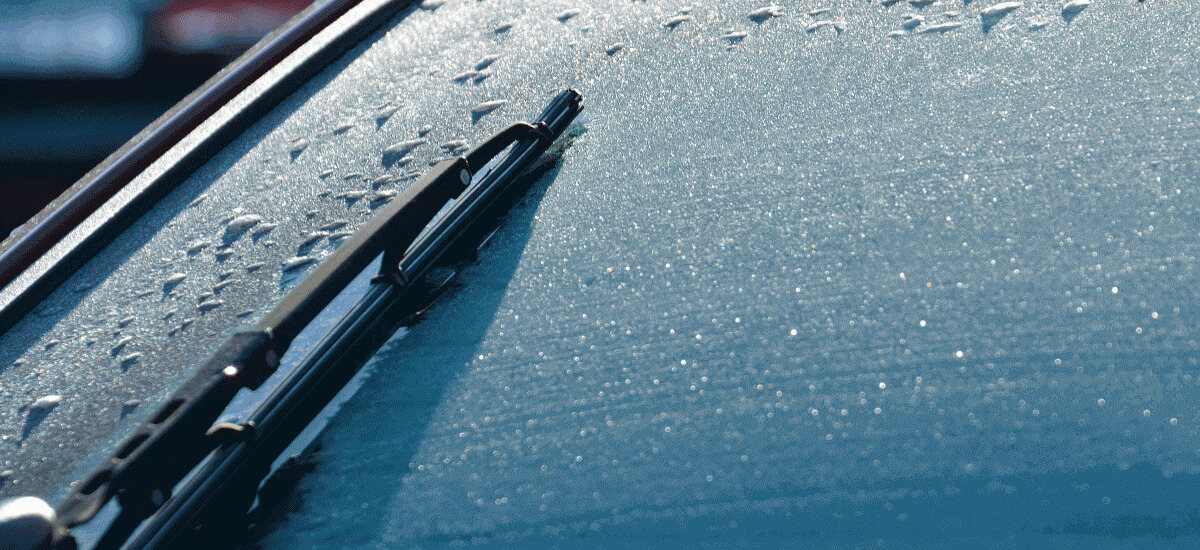
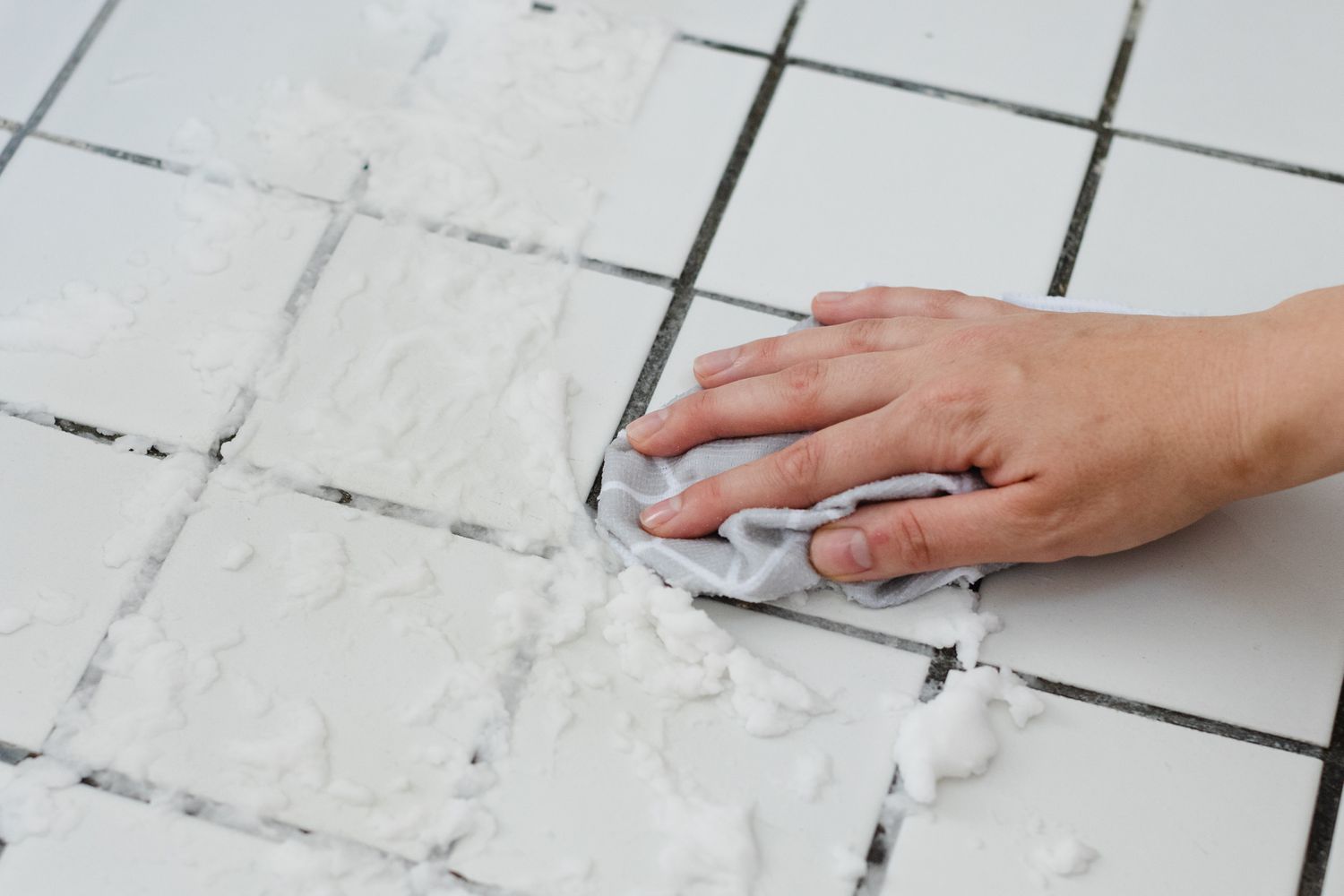
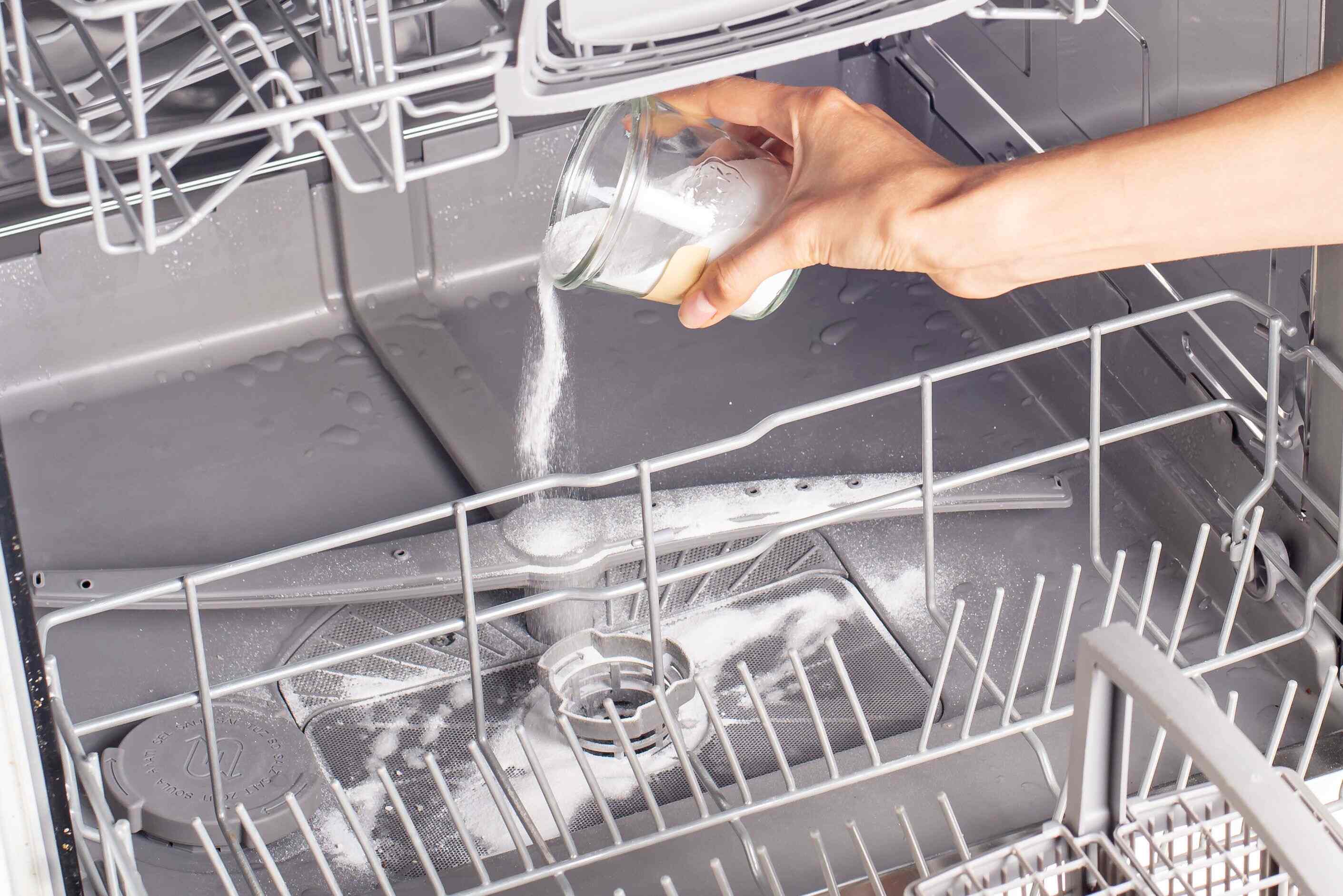
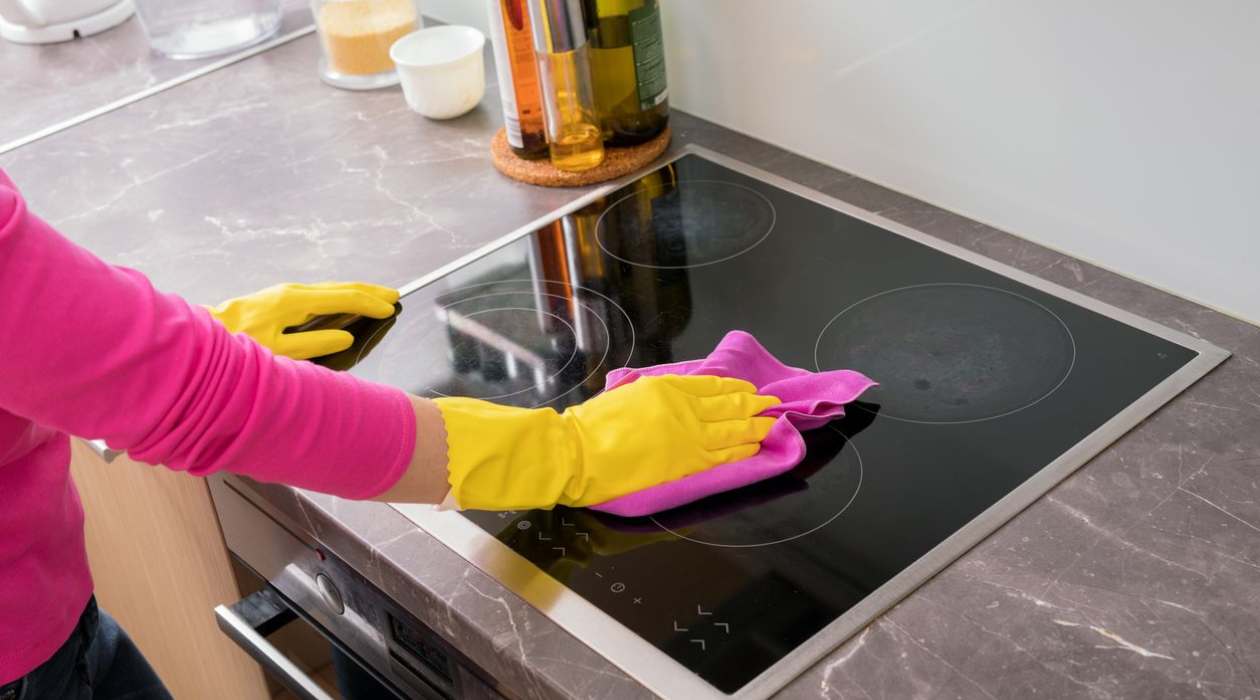




0 thoughts on “How To Get Rid Of Soap Scum On Glass”